The web overwhelms us with bucket-list destinations guaranteeing life-altering experiences. Instagram showcases immaculately filtered landmarks, and travel bloggers gush over sites you “absolutely must see.” Yet, too many tourists trudge home inexplicably disappointed – not because such sites are deficient, but because impossibly lofty expectations annihilated any chance of actual enjoyment.
What follows is a list of 14 supposedly disappointing sites that actually do live up to their hype when experienced with realistic expectations. These places don’t need hype or perfect lighting to be enjoyable – they simply need
The Mona Lisa

The Louvre’s most famous tenant – Leonardo’s enigmatic portrait – attracts gigantic daily crowds but infuriates them by leaving countless observers grumbling about her comparatively modest dimensions and the exasperating viewing conditions. Peering through bulletproof glass in a wave of selfie sticks is short of most people’s idea of a close artistic connection.
The experience completely shifts, however, if you treat it as a sociological experiment rather than just an art experience. Witnessing the one human ritual that encircles this celebrity portrait – the worship, disillusionment, and determination to document presence – offers an engaging anthropological study not elsewhere possible.
Times Square

Manhattan’s neon center consistently ranks as visitors’ biggest letdowns – crowded, in-your-face commerce, and entirely devoid of true New York character. Tourists complain of being ambushed by costumed characters demanding tips, pricey chain restaurants, and nonstop promotions bombarding every accessible surface.
The experience completely alters, however, when seen as an experiment in the senses rather than as an ethnographic site. Times Square is best as a 21st-century human-watchers’ paradise – best viewed, preferably, from the TKTS stairs at night when the technological display is at its peak.
Like Travel Pug’s content? Follow us on MSN.
Hollywood Boulevard
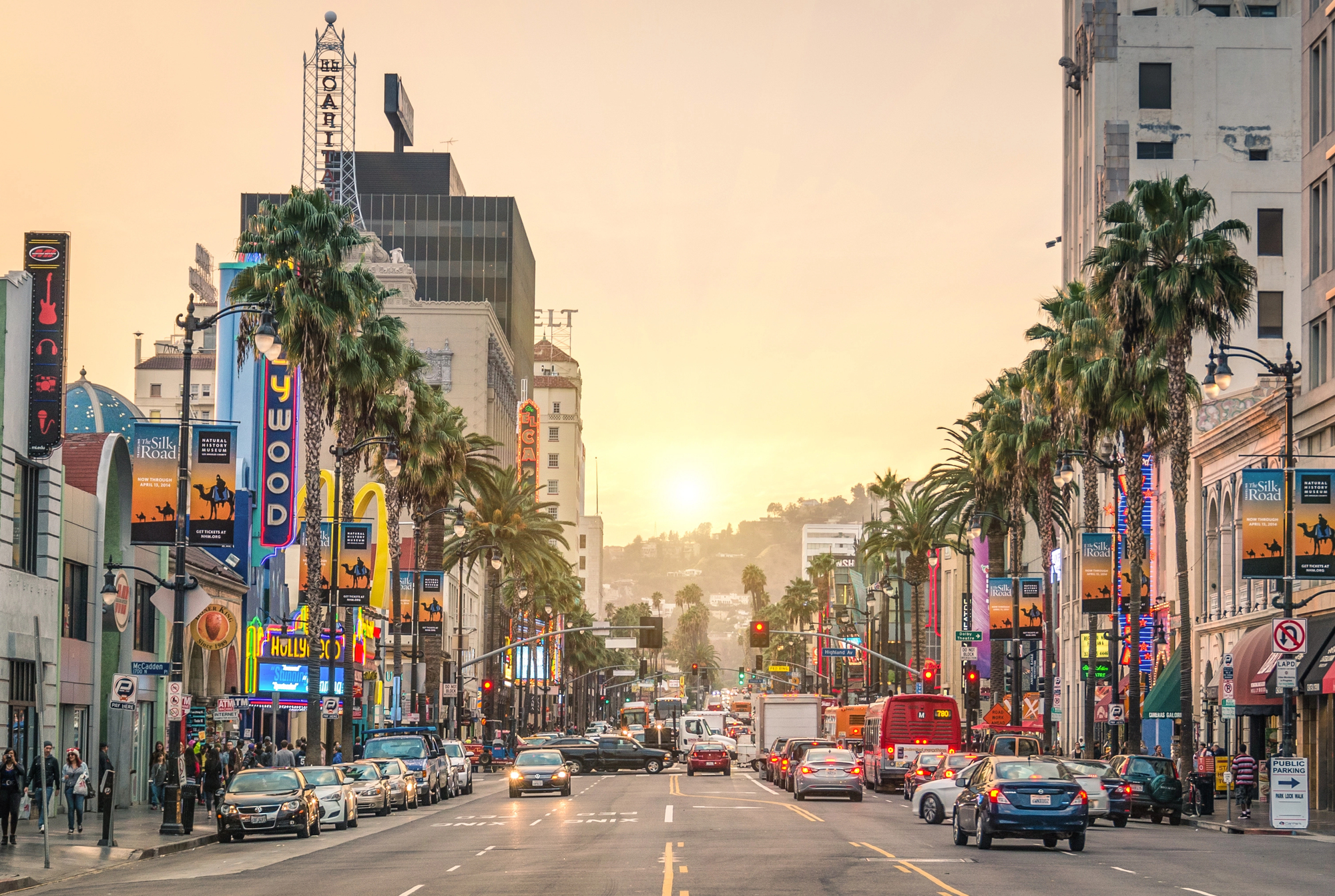
Tourists expecting glitz on the Walk of Fame instead get something of a cheesy tourist attraction crowded with gaudy souvenir shops and street acts clad in ill-fated superhero costumes. These Hollywood legends immured in filthy sidewalks hardly invoke Tinseltown enchantment – although the Chinese Theatre actually seems smaller than the movie credits suggest.
The boulevard itself is absolutely captivating, though, when viewed as an obelisk to Hollywood fantasy’s disconnection from everyday reality – the perfect place to ponder America’s conflicted love affair with celebrity culture.
The Leaning Tower of Pisa
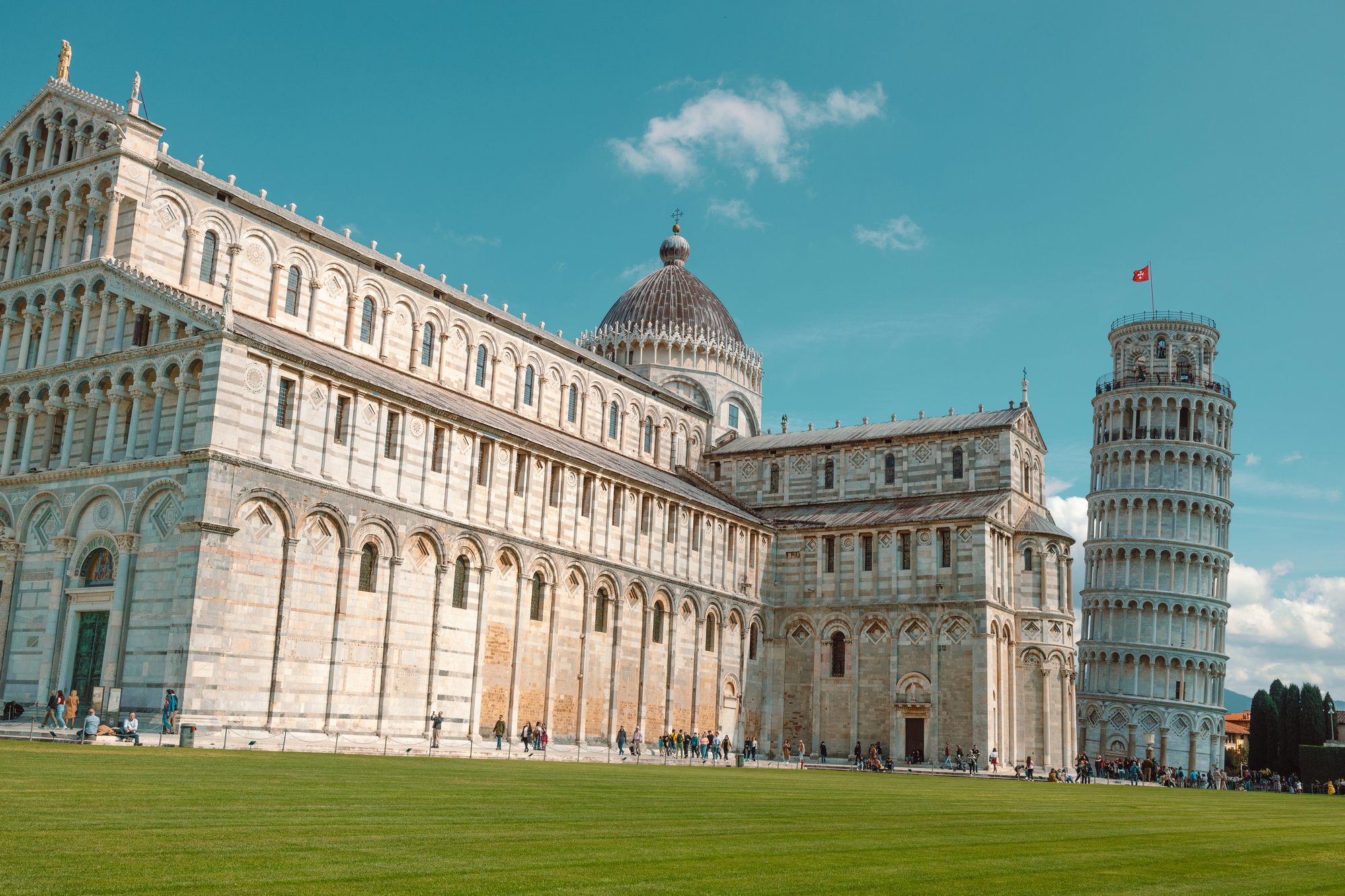
Italy’s famously tilting tower disappoints many travelers who’ve seen countless photographs showing this architectural accident from its most flattering angle. The reality – a relatively modest structure in a field swarming with vendors selling plastic replicas – often feels underwhelming compared to mental images.
The experience transforms when visitors explore beyond just the iconic tower. The adjacent Duomo and Baptistery display magnificent craftsmanship – while the surrounding Piazza dei Miracoli offers perfect spots for people-watching with gelato in hand.
Arriving early morning or during evening hours helps avoid the worst crowds and allows appreciation of the entire architectural complex bathed in gorgeous Tuscan light.
Stonehenge
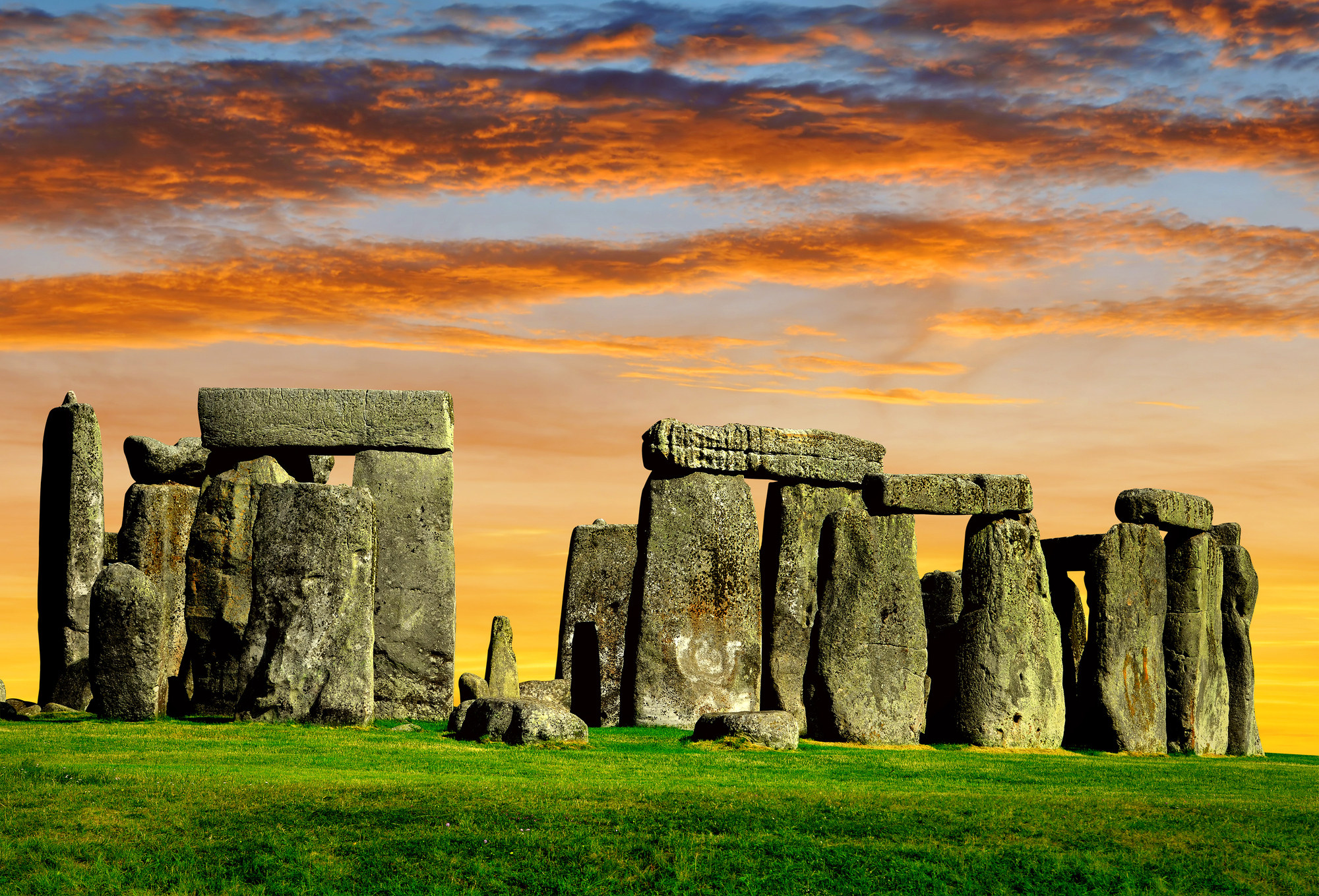
Britain’s prehistoric monument suffers from its own fame – with restricted viewing distances and constant crowds diminishing its mystical atmosphere. Visitors hoping for spiritual communion with ancient stones instead find themselves shuffling along designated paths with hundreds of others – the nearby highway intrusion shattering attempts at transcendent experiences.
Approaching Stonehenge as an archaeological puzzle rather than a spiritual destination changes everything. The excellent visitor center explains fascinating theories about construction methods and purpose – while the surrounding Salisbury Plain contains numerous less-visited Neolithic monuments.
Like Travel Pug’s content? Follow us on MSN.
Bourbon Street
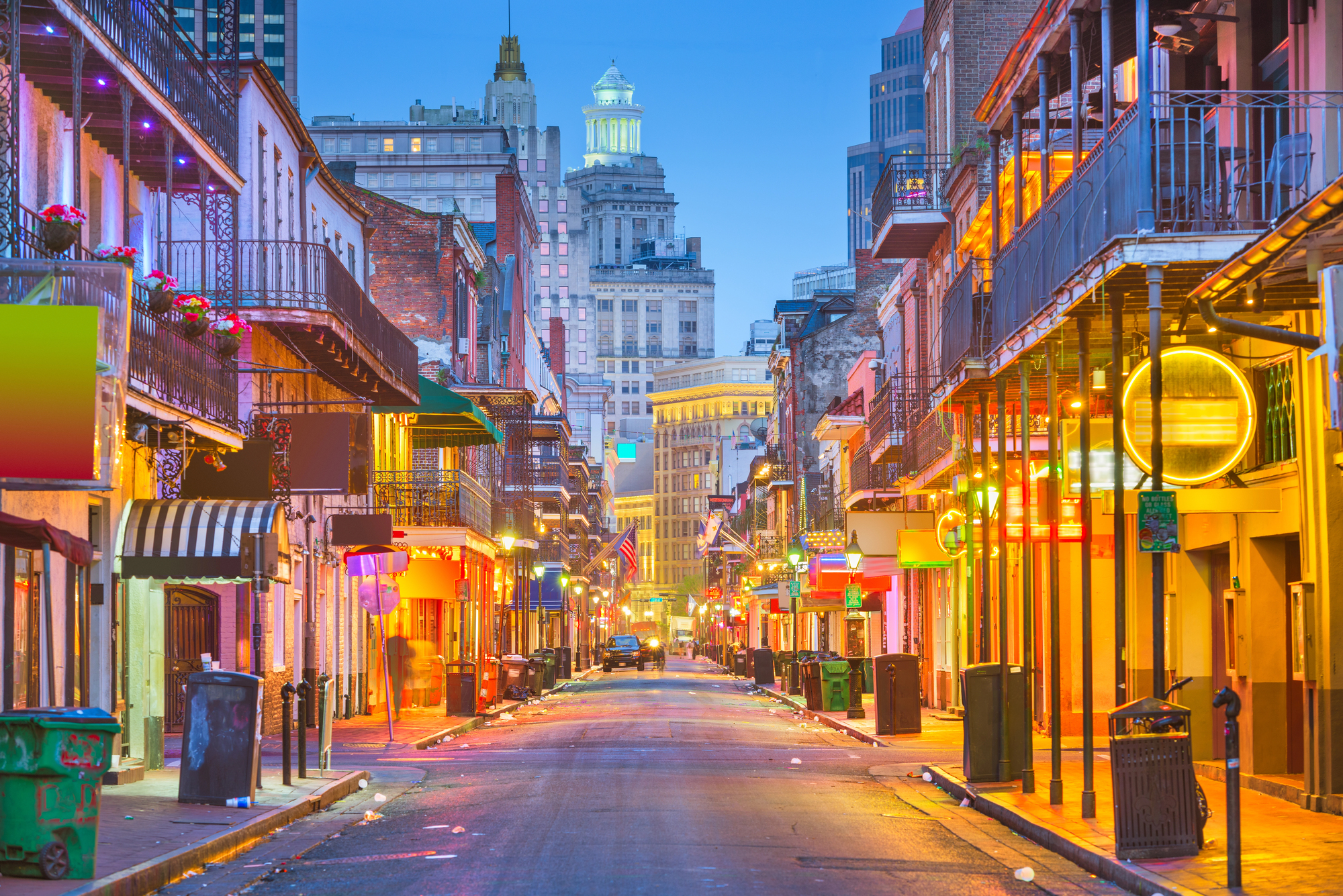
New Orleans’ infamous party strip disappoints many visitors seeking authentic jazz and Southern charm – offering instead a raucous, alcohol-soaked atmosphere resembling generic party districts worldwide. Daytime reveals sticky pavements and shuttered businesses – while evenings bring aggressive drink hawkers and manufactured revelry.
The experience improves dramatically when treated as just one small, commercial aspect of a culturally rich city. Exploring side streets immediately off Bourbon reveals genuine New Orleans character – historic architecture, excellent restaurants serving proper Creole cuisine, and venues where local musicians play for appreciative listeners rather than rowdy tourists stumbling between daiquiri shops.
Bali’s Kuta Beach

Bali’s most famous coastal area disappoints travelers expecting a pristine Indonesian paradise – presenting instead crowded shores, persistent hawkers, and rampant commercialization. The party atmosphere and familiar global brands bear little resemblance to the spiritual serenity promised in travel brochures.
The experience transforms completely when approached as a convenient starting point rather than the final destination. Kuta offers practical amenities and transportation connections – while providing fascinating insights into tourism’s impact on traditional cultures.
The Little Mermaid Statue
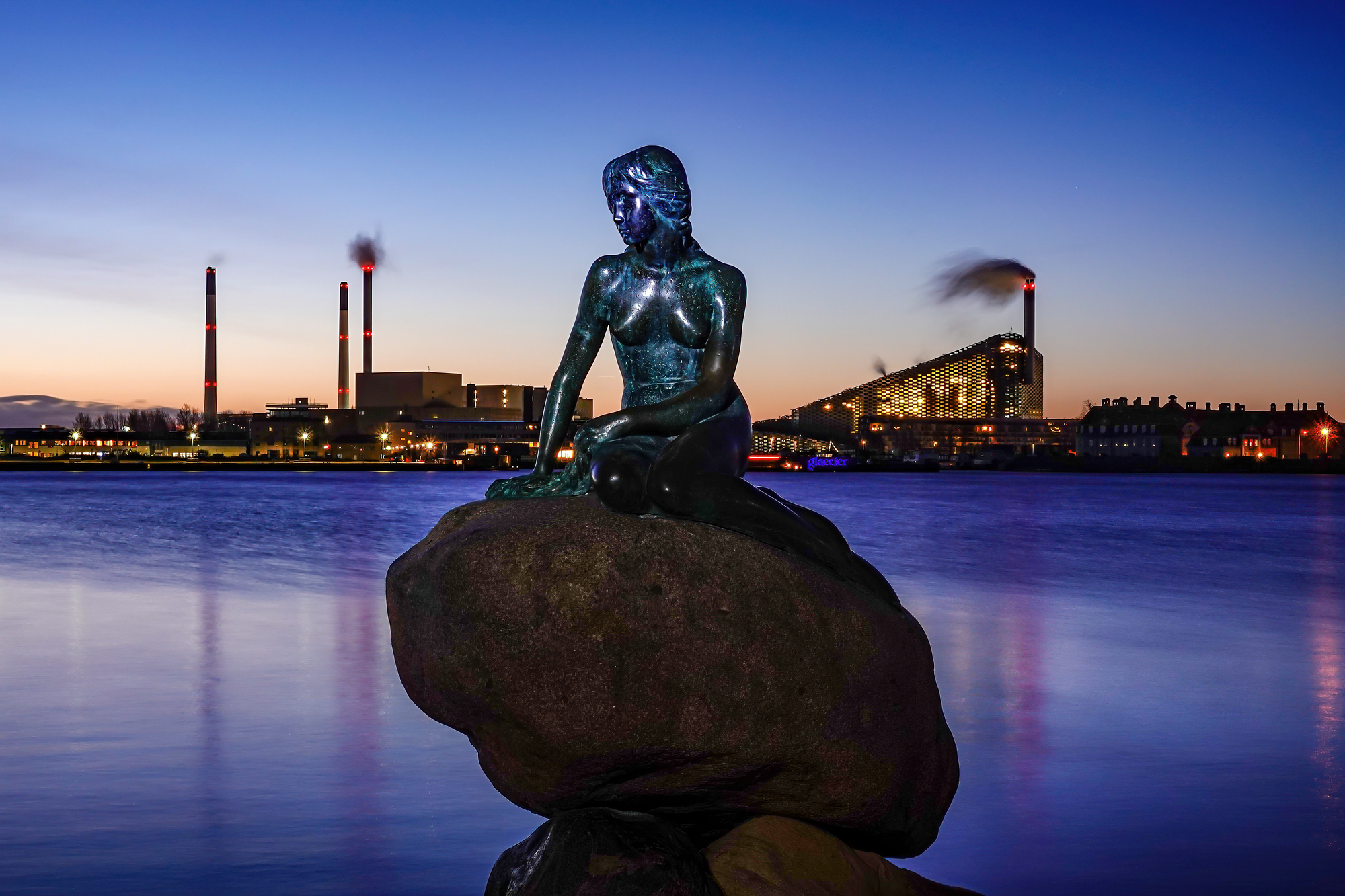
Copenhagen’s famous harbor statue ranks among Europe’s most consistently disappointing attractions – it’s modest size and ordinary appearance leave visitors wondering about its international fame. Perched unassumingly on shoreline rocks, the small bronze figure hardly seems worth the special trip many make specifically to see it.
The experience becomes genuinely pleasant when integrated into a harbor walking route rather than treated as the destination itself. The surrounding waterfront area offers beautiful views, maritime history, and excellent Danish design shops.
Like Travel Pug’s content? Follow us on MSN.
Fisherman’s Wharf
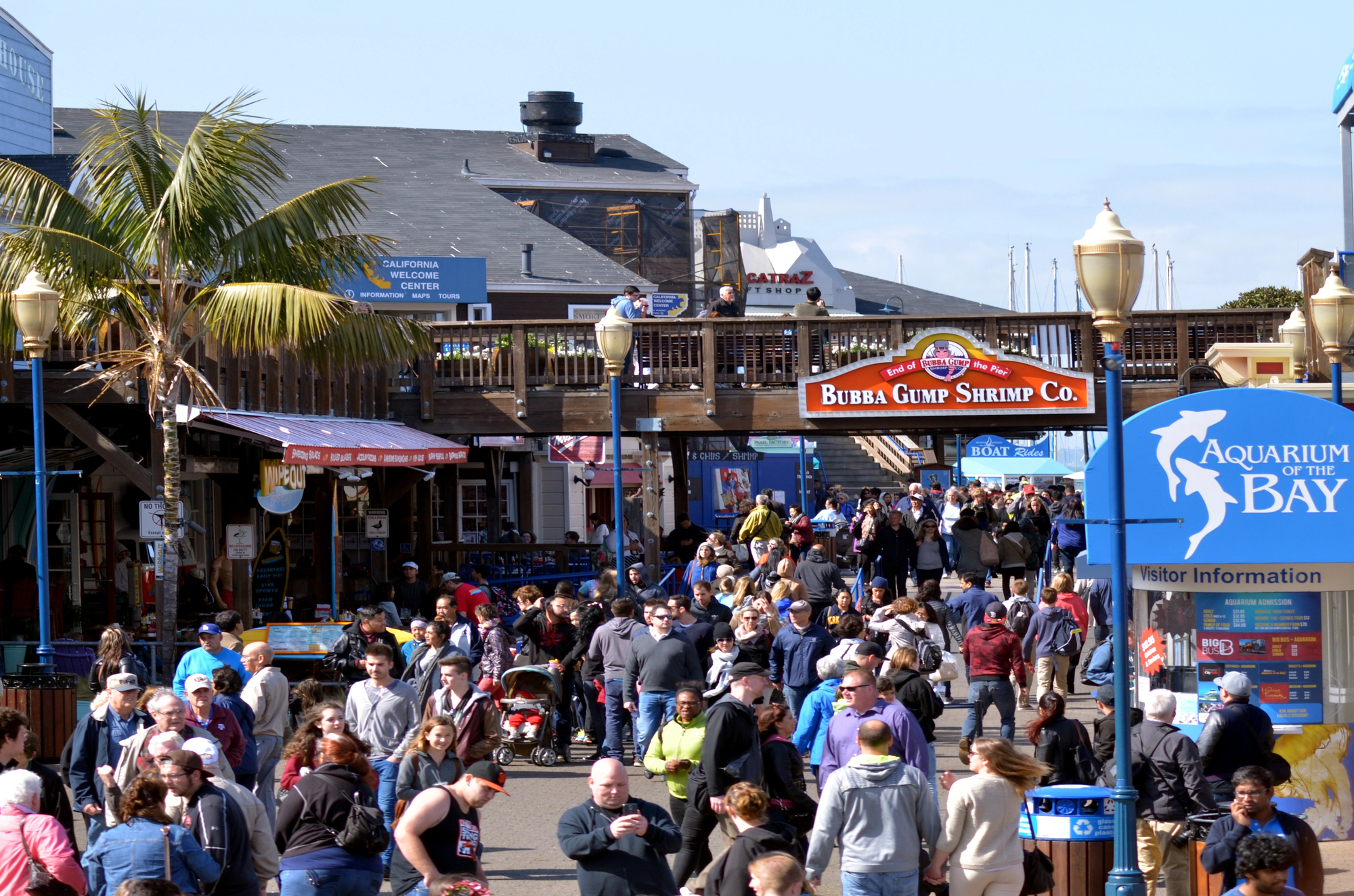
San Francisco’s touristy waterfront often disappoints visitors with chain restaurants, souvenir shops, and a carnival atmosphere seemingly designed for tourists rather than reflecting the city’s innovative culture. The bland commercialization contrasts sharply with San Francisco’s reputation for counterculture and creativity.
The experience improves remarkably when visitors focus on specific worthy attractions within the area rather than the district as a whole. The historic vessels at Maritime National Historical Park, sea lions at Pier 39, and magnificent bay views all reward attention.
The Manneken Pis
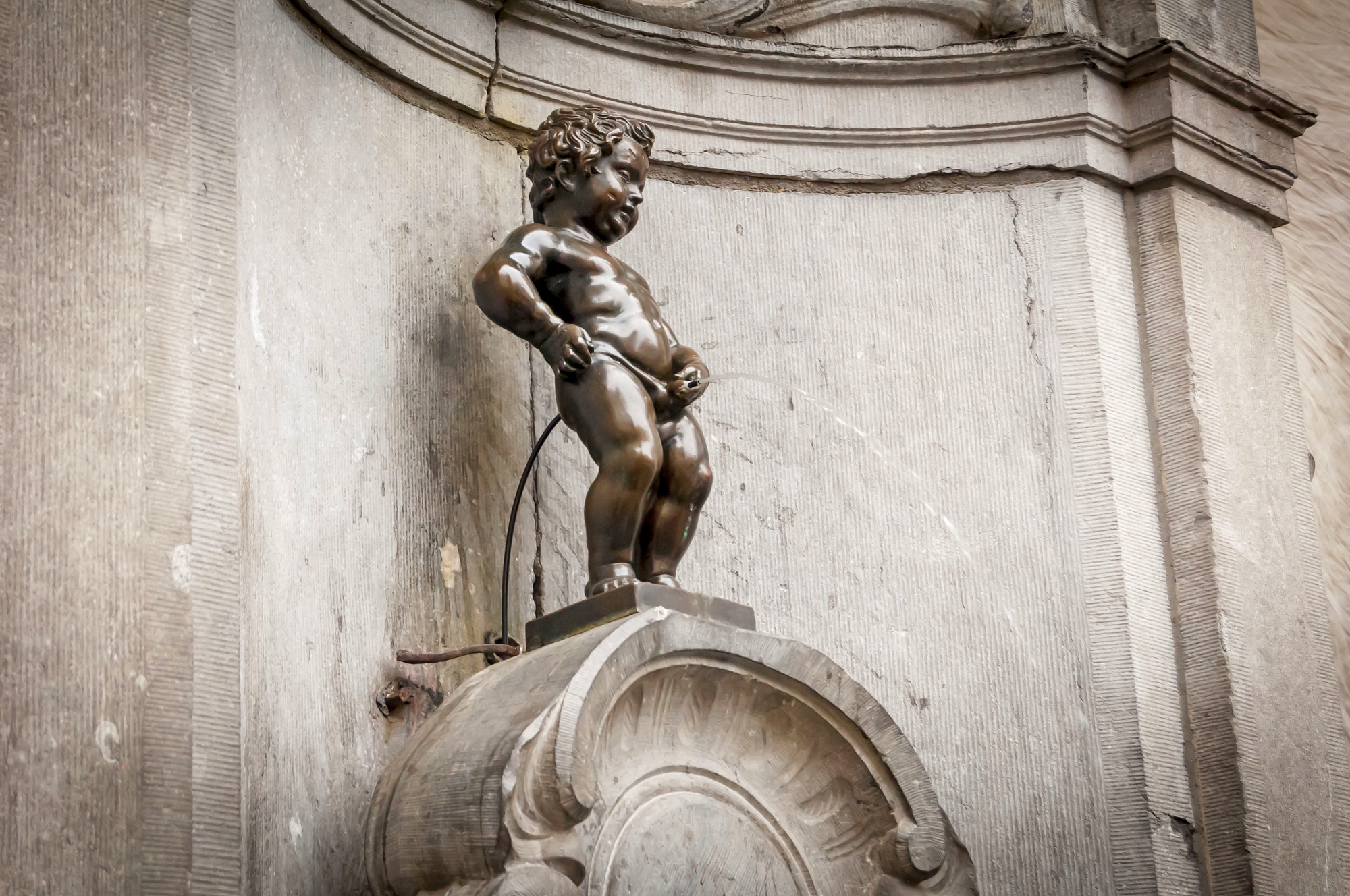
Brussels’ famous fountain – featuring a small bronze boy urinating – leaves many visitors wondering how this modest statue gained international recognition. Its diminutive size and ordinary appearance hardly seem worthy of its reputation as a must-see European attraction.
The experience transforms when approached as an introduction to Belgian humor rather than a magnificent monument. The statue perfectly embodies the self-deprecating, slightly absurdist character central to Belgian cultural identity.
The Spanish Steps

Rome’s famous staircase connecting Piazza di Spagna with Trinità dei Monti church disappoints many visitors expecting a transcendent architectural experience. The crowded steps, persistent vendors, and recent regulations prohibiting sitting make the actual experience less romantic than portrayed in classic films.
This location becomes genuinely enjoyable when approached as a gateway to exploring the elegant Spagna neighborhood rather than a destination itself. The adjacent streets offer excellent shopping, while the overlooked Keats-Shelley House at the bottom contains fascinating literary history.
Like Travel Pug’s content? Follow us on MSN.
The Blarney Stone
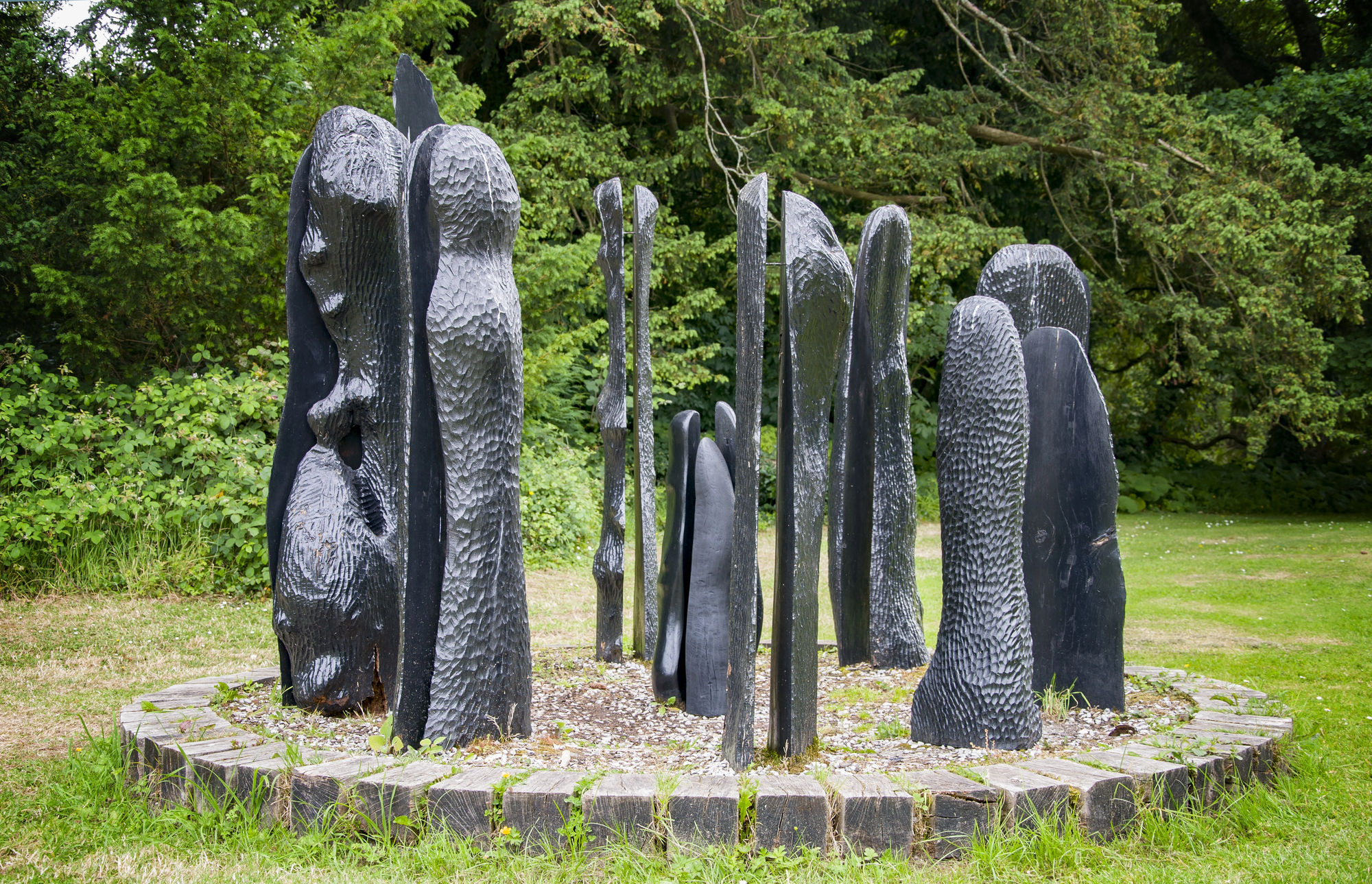
Ireland’s famous castle attraction, where visitors lie backward over a precipitous drop to kiss a stone supposedly granting eloquence, strikes many as unhygienic and overly commercial. The awkward kissing ritual, performed with staff assistance while other tourists watch, hardly delivers the magical Irish experience many expect.
The experience changes dramatically when visitors explore the extensive castle grounds rather than focusing exclusively on the stone-kissing tradition. The castle itself features fascinating architectural elements, while the surrounding gardens and woodlands contain prehistoric Druid remnants and peaceful walking paths.
Niagara Falls

The famous waterfalls straddling the US-Canadian border often disappoint visitors expecting pristine natural grandeur, presenting instead a heavily commercialized environment with casinos, wax museums, and tourist traps surrounding the natural wonder. The contrast between sublime nature and gaudy development creates cognitive dissonance for many first-time visitors.
The falls become genuinely impressive when viewed from specific vantage points that minimize commercial distractions – particularly from boats approaching the thundering cascades or walking paths providing close-up viewing. Morning visits avoid the worst crowds, while night illuminations transform the experience entirely.
Mount Rushmore

South Dakota’s massive presidential sculptures carved into Black Hills granite leave some visitors underwhelmed – the monument appearing smaller than expected and viewing options are somewhat limited. The commercial visitor center and surrounding tourist amenities contrast with the natural setting many expect from a national memorial.
The experience improves significantly when visitors learn about the remarkable engineering feat accomplished by sculptor Gutzon Borglum and his team between 1927 and 1941. The evening lighting ceremony provides historical context while illuminating the sculptures, dramatically.
Like Travel Pug’s content? Follow us on MSN.
The Art of Adjusted Expectations
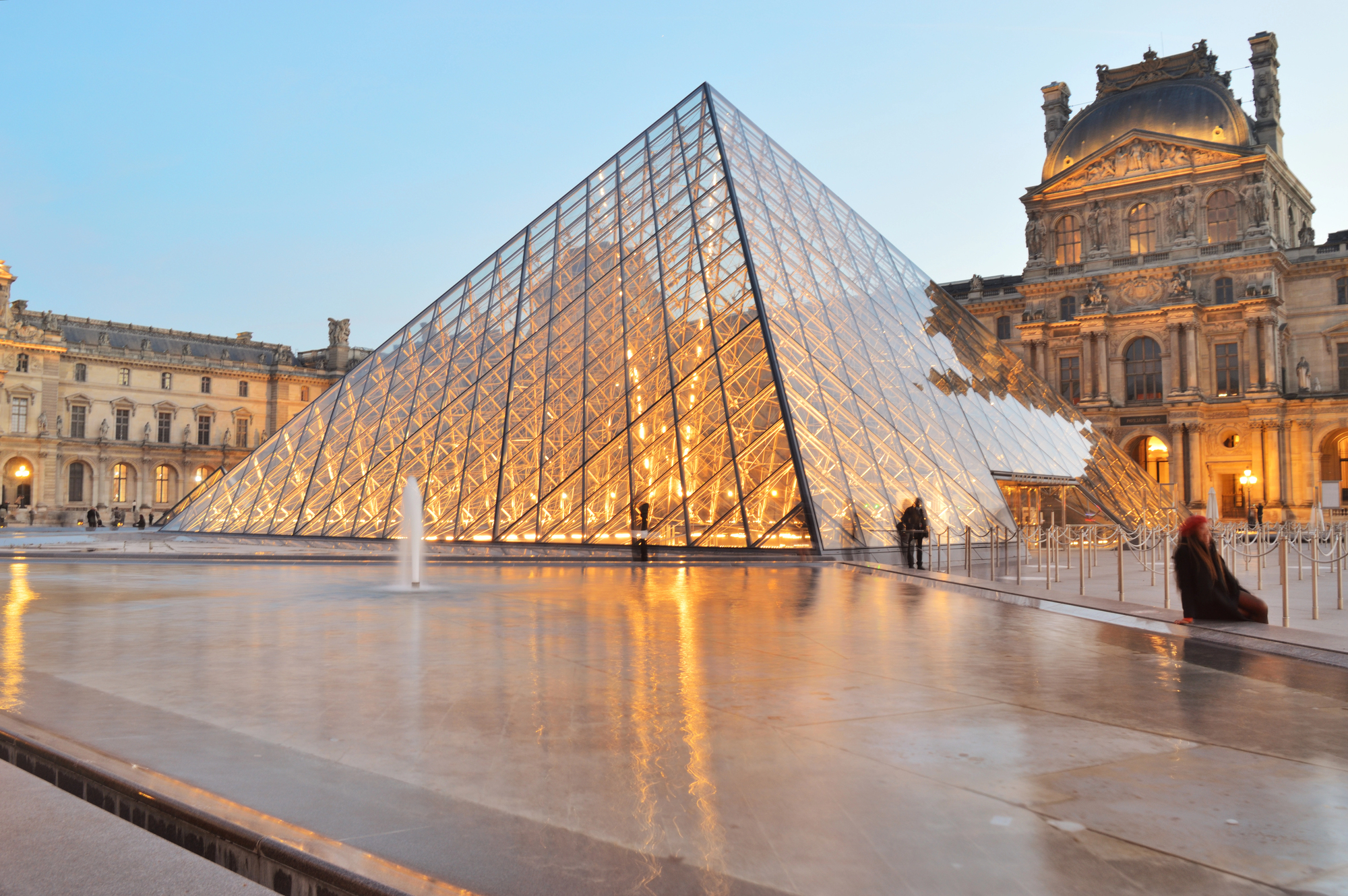
These famous sites don’t have inherent blandness but rather unrealistic expectations created through selective photography, marketing hype, and social media distortion. The disappointment travelers experience is more often the result of the gap between idealized depictions and complex reality than intrinsic valuelessness.
Nearly any overromanticized place offers genuine enjoyment when toured with appropriate context, reasonable expectations, and curiosity about aspects beyond the legendary postcard impression. Perhaps the most valuable travel skill is not in discovering hidden gems but in developing the flexibility to appreciate famous places on their own merits – seeing beyond both the marketing hype and cynical rejection to discover the true worth hiding in plain sight.
More from Travel Pug

- Cities Growing so Fast You Won’t Recognize Them in 10 Years
- 13 Destinations Where Tourists Regularly Regret Their Trip
- 20 Obscure WWII Sites Even History Buffs Don’t Know About
- 10 Under-the-Radar Mountain Towns That Are Both Affordable and Beautiful
- Remote Villages in Europe Where You Can Live for Free in Exchange for Work
Like Travel Pug’s content? Follow us on MSN.
